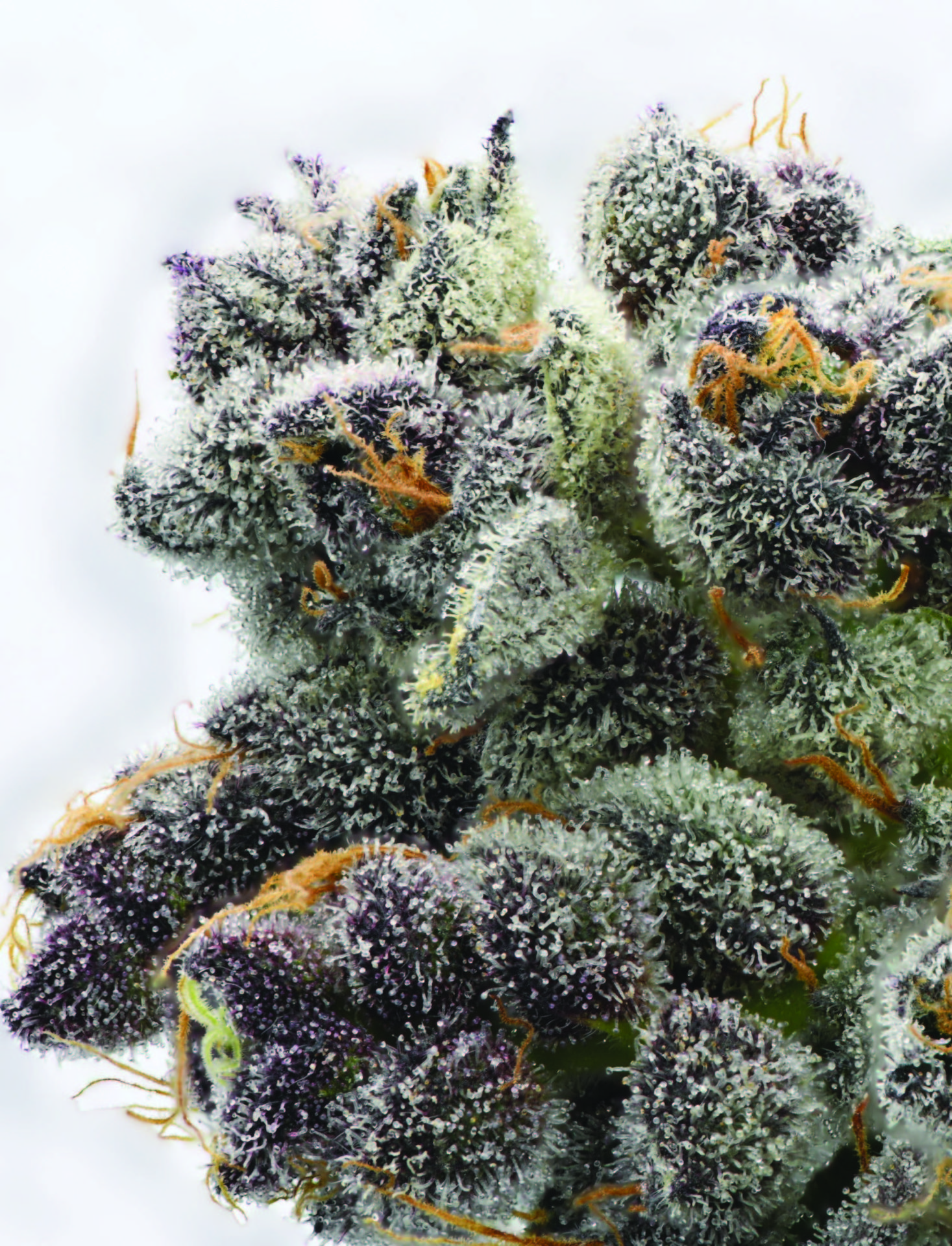By Jerry Otero
A s laws prohibiting marijuana become less punitive,
the question, “What about the kids?” becomes more
pressing to parents and other adults.
We at the Drug Policy Alliance urge young
people to abstain from alcohol, tobacco,
and other drugs. We avoid the exaggerations,
misinformation and scare tactics of
the past. We believe that honesty is the
best way to engage youth and the most
empowering way to help them make responsible,
informed decisions.
Some critics of drug policy reform exploit
parents’ worries that legal access to marijuana
for adults will make young people
more likely to use it. They proclaim that
these reforms send the wrong message to
kids. They also threaten that adjusting our
response to youthful experimentation will
inevitably lead teenagers down a path of
problematic use and toward more dangerous
drugs.
As a result, the prospect of legalization,
decriminalization or the availability of medical
marijuana sends many parents into a
panic. What’s a parent to believe or do?
As a father, there is nothing I care about
more than the well-being of my child, and
I’ll do anything to keep him safe. I am sure
you feel the same. Given the myriad reasons
why marijuana policy reform is urgently
needed, I am forced to question the predictions
that regulatory changes will lead to
increased use of the drug among teens.
As Marsha Rosenbaum, Ph.D., has noted in
her seminal publication, Safety First: A Reality-
Based Approach to Teens and Drugs, “…
predictions aside, the most reliable information
ultimately will come from large scientific
surveys of actual substance use, rather
than speculation. But since sound research
takes years to complete, it has been too
early to determine actual prevalence in
states that have already legalized. The
closest approximation for predictin g the
impact of legalization, has been the hard
data available on teen marijuana use since
medical marijuana laws were passed.”
So, what does the research tell us? One
recent study published in June in The Lancet
Psychiatry Journal, is an analysis of 24
years of data detailing the prevalence of
marijuana use among teens. It actually
showed no significant difference in adolescent
marijuana use in the 21 states that
adopted medical marijuana laws.
Driving the point even further, the study
supports the 2013 report from the Colorado
Department of Health and Environment
finding that high school marijuana
use decreased since the Centennial State
became the first to legalize marijuana. This
data was collected before recreational
marijuana sales to adults started, but it
demonstrates that medical marijuana laws
and openly discussing full legalization did
not send the message that it was okay for
young people to use it.
These studies are encouraging to parents
everywhere. Last week came more reassuring
news – this time from the Partnership
at Drugfree Kids who reported on a new
study based on questionnaires from about
500,000 teens, finding that marijuana use
among young people is on the decline.
Parents and other adults who care about
the health and well-being of children are
increasingly understanding that ending
marijuana prohibition and promoting more
honest and effective drug education are
not mutually exclusive. Indeed, they are
part of the same conversation.
As a parent, it is a comfort to know that as
we move toward a saner, more compassionate
drug policy, teen marijuana use
continues to be on the decline.

















